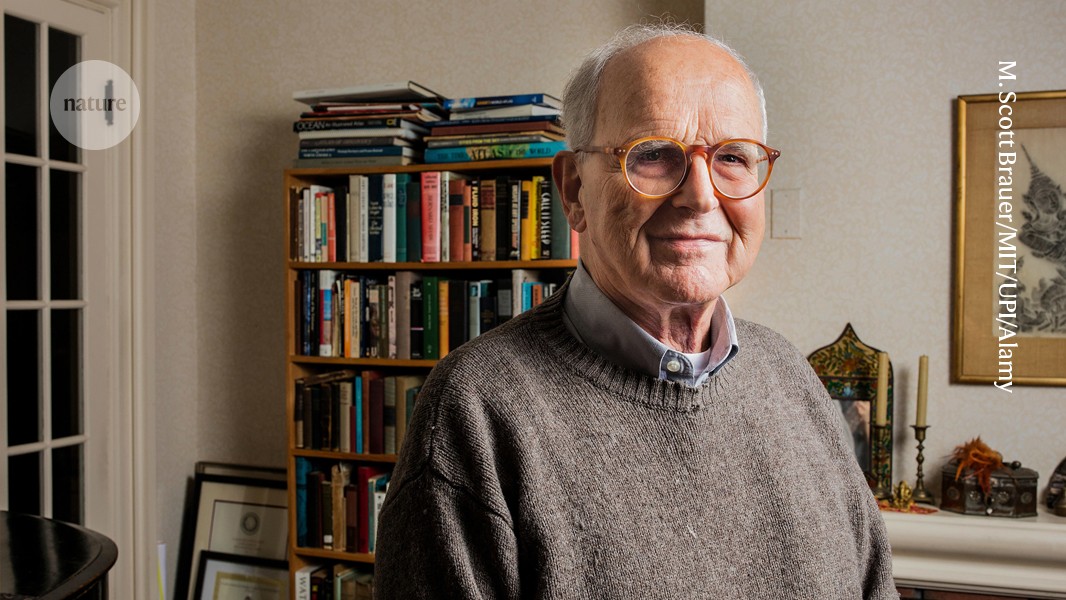Rainer Weiss obituary: Nobel laureate who pioneered the technique that detected gravitational waves

Physicist who spearheaded the construction of the LIGO observatory to detect Einstein’s predicted ripples in space-time leaves a legacy of persistence and mentorship

Credit: M. Scott Brauer/MIT/UPI/Alamy
In 1972, German-American physicist Rainer ‘Rai’ Weiss showed that laser interferometers — devices that measure tiny changes in distance using beams of light — could, in principle, detect gravitational waves. These ripples in the fabric of space and time were first predicted by Albert Einstein in 1916 as part of his general theory of relativity. Although prototype detectors already existed, most scientists thought the task was hopeless: the waves were so faint that they shifted matter by amounts thousands of times smaller than the nucleus of an atom. Weiss demonstrated that, with extreme precision and technological innovation, they could be detected.
More than 40 years later, in 2015, gravitational waves were observed directly for the first time. This breakthrough earned Weiss one-half of the 2017 Nobel Prize in Physics, the other half being shared by his colleagues Kip Thorne and Barry Barish.
Gravitational waves are produced by violent cosmic events, such as black-hole collisions or star explosions. Einstein had predicted them reluctantly, dismissing them as “of no consequence” because they seemed impossible to detect. Weiss and Thorne disagreed. They campaigned for the US National Science Foundation to fund large-scale detectors, leading to the construction of the Laser Interferometer Gravitational-Wave Observatory (LIGO), with twin facilities in Washington and Louisiana; it was completed in 1999.
Weiss was known for his blunt humour. After winning the Nobel Prize “for decisive contributions to the LIGO detector and the observation of gravitational waves”, he joked to friends: “This is going to screw up my life for a year.” The irreverence was intentional.
Born in Berlin in 1932, Weiss came from an intellectual but unsettled family. His father, a Jewish communist doctor, and his mother, a Christian actress, fled Nazi Germany when Rai was still a child. The family escaped first to Prague and later to New York City, arriving in 1939. Weiss studied physics at the Massachusetts Institute of Technology (MIT) in Cambridge but struggled, failing out in his junior year. He was rescued by nuclear physicist Jerrold Zacharias at MIT, who took him on as a laboratory technician and later a PhD student. Weiss never forgot the kindness and spent much of his career mentoring students in the same spirit.
After earning his PhD in 1962, Weiss worked briefly at Tufts University in Medford and Princeton University in New Jersey, before returning to MIT in 1964, where he remained for the rest of his career. His early work included weather-balloon experiments to study the faint glow of the Big Bang, the cosmic-microwave background. His interest in gravitational waves began in 1966, while he was teaching a course on general relativity. To explain the effect of these waves to undergraduates, he sketched out the design for a laser interferometer — a device sensitive enough to register space itself stretching and squeezing.
A chance conversation with Kip Thorne further strengthened his conviction. Thorne had assumed that interferometers could measure distances to the scale of only a single wavelength of light. Weiss corrected him: with careful design, the sensitivity could be orders of magnitude greater. That insight laid the groundwork for LIGO.
Enjoying our latest content?
Login or create an account to continue
- Access the most recent journalism from Nature's award-winning team
- Explore the latest features & opinion covering groundbreaking research
or
Sign in or create an accountNature 645, 307 (2025)
doi: https://doi.org/10.1038/d41586-025-02816-z
This story originally appeared on: Nature - Author:Bruce Allen














